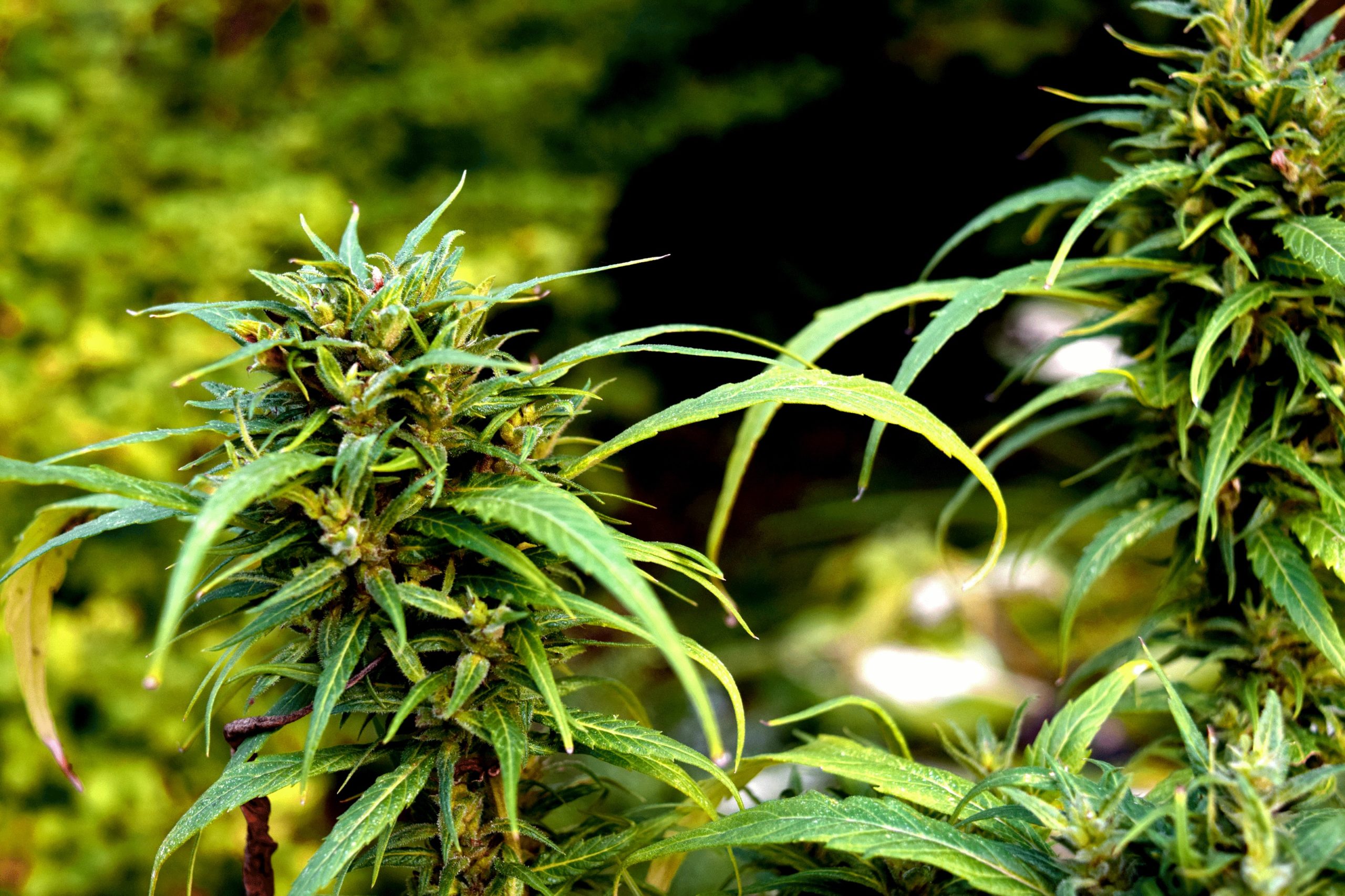European and French law considers CBD and its derivatives legal as long as they are derived from a hemp Sativa L. plant containing less than 0.3% THC. In short CBD flowers flowers with less than 0.3% THC, but from a plant with a higher THC content, are not legal in the strictest sense of the law. However, many of the flowers found in stores and on the Internet have been artificially downgraded, or "washed" as some call it, so that they can be marketed.
For example, Swiss CBD flowers are legal under 1% THC, while Italian CBD flowers are legal under 0.5% THC. However, a large proportion of the flowers sold on the French market come from these two countries, which means that suppliers have to lower the THC content of their flowers to bring them into line with French law, i.e. under 0.3% THC, even if the original flower did not have 0.3% THC and was therefore considered illegal on French soil.
Yes, as always, there's the law and then there's the application of the law, and given that it's very difficult, if not impossible, to know whether the flower or the final product has been extracted from a hemp sativa L plant containing less than 0.3%, it's now common knowledge that only THC levels below 0.3% are legal.
What does it mean to "downgrade" a CBD flower?
Lowering is a process that consists of reducing THC levels. As well as being completely unnatural, it doesn't just degrade THC, but all the cannabinoids present in the plant, including cannabidiol,terpenes and most of the molecules that give the plant its properties. Let's be clear from the outset: a reduction targeting THC alone does not yet exist, and quite frankly, there's nothing to prove that this type of "washing" will ever be possible, as THC is intimately linked to the flower.
The harder the reduction (i.e., the higher the initial THC content), the more denatured the final product. To compensate for this substantial loss, some will not hesitate to artificially "terpenize" the flowers using a spray or infusion. We would point out that "terpenization" is a common and acceptable practice, as long as it is accepted and transparent to the customer. Customers need to know what they're consuming - that's the basis of any business. Unfortunately, in addition to being a taboo, terpenization is sometimes done with substances that are not good for the body.
What methods of belittling are used?
Here are the different types of discounting currently in place in the CBD market.
⚠️ Beware, if a shop tells you that these flowers are not downgraded, beware and ask for analysis. Even though THC levels have been reduced from 0.2% to 0.3%, it's very difficult to obtain CBD flowers without any reduction. We recommend you read our article "CBD Shop: How to choose the right one?".
Lowering with C02: The purest way to lower a flower, as it leaves no solvent and does not impregnate the flower.
- CO2-reduced CBD flowers have a small layer of pollen visible to the naked eye. They will make people with pollen allergies sneeze. Although this method is non-invasive for the flower, it deteriorates a large proportion of the terpenoids and flavonoids present within it, which is why it is generally necessary to go through a terpenization stage before selling it to the shop or consumer.
Butanereduction: A suitable alternative to CO2, provided that a purification phase is carried out after reduction. This will prevent the solvent from impregnating the flower, leaving an unpleasant taste as well as being harmful to the body.
- Flowers lowered with butane will have the same characteristics as those lowered with CO2. Unfortunately, it is almost impossible to tell whether the flower has been contaminated by a solvent.
Ethanol debasing: This is a fairly common method in Switzerland and Italy. It's cost-effective and fairly simple to set up, but it's the worst method of reduction, because if it's not done properly, the alcohol contaminates the final product.
- Like CO2 and butane debasing, this method destroys the terpenes, but also generally leaves a strange smell. They, too, go through a terpenization stage before marketing.
Heat reduction: This is a clean, risk-free, traditional method, sometimes carried out unintentionally. When THC is overheated or exposed to excessive temperatures, it simply evaporates. This is what happens when you want to decarboxylate your flowers for use in dishes or cakes, and you don't take enough precautions. This method also helps to degrade other cannabinoids and terpenes.
- Flowers shrunken by heat turn brown fairly quickly, drying out and becoming more crumbly, making them less pleasant to eat.
The CBD craze is a good thing, as it brings the now widely recognized virtues of hemp, without the psychoactive side of THC, to a wider public. Unfortunately, CBD's popularity has also attracted the attention of some unscrupulous people who take advantage of consumers' ignorance. So be careful, and don't hesitate to ask your supplier any questions before you buy. He or she should be able to give you transparent answers.

